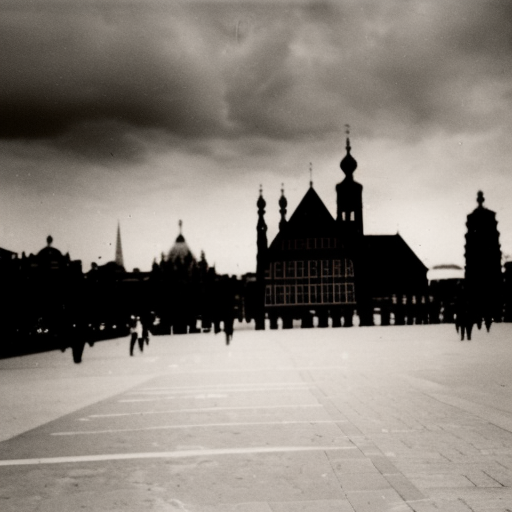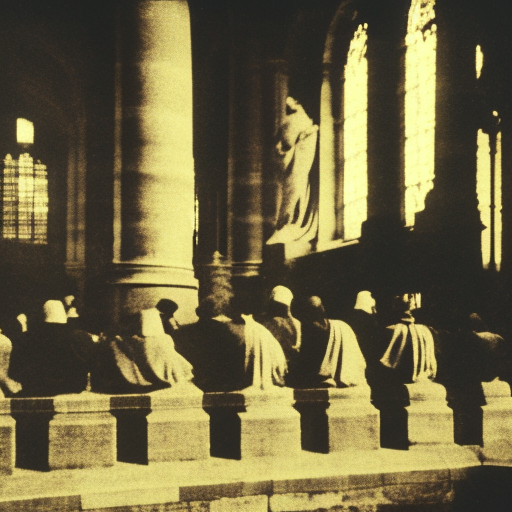The Peace of Augsburg (1555)
The Peace of Augsburg was a treaty signed on September 25, 1555, in the city of Augsburg, Germany. It brought an end to the religious conflicts that had plagued the Holy Roman Empire for decades, particularly the struggle between Catholics and Protestants. The treaty established the principle of cuius regio, eius religio, meaning that the religion of the ruler would determine the religion of his subjects.
Background:
The religious conflicts in the Holy Roman Empire were sparked by the Protestant Reformation, which began in the early 16th century with Martin Luther’s criticisms of the Catholic Church. Luther’s ideas quickly spread throughout Germany and other parts of Europe, leading to the formation of various Protestant denominations. This religious divide created tensions and conflicts within the empire, as rulers and their subjects often held different religious beliefs.
Terms of the Peace:
The Peace of Augsburg aimed to bring stability to the Holy Roman Empire by allowing each ruler to choose the religion of his territory. The treaty recognized Lutheranism as a legitimate religion alongside Catholicism. It also granted Protestants the right to practice their faith freely and hold public office, as long as they were in territories where the ruler was Protestant. However, the treaty did not extend these rights to Calvinists and other Protestant sects, which caused further religious tensions in the empire.
Significance:
The Peace of Augsburg marked an important turning point in European history. It was the first treaty to officially recognize the coexistence of different Christian denominations within a single state. This principle of religious tolerance would later influence the development of religious freedom in other parts of Europe and the world.
The treaty also had political implications. It strengthened the power of the German princes, as they were now able to determine the religion of their territories. This weakened the authority of the Holy Roman Emperor and contributed to the fragmentation of the empire.
However, the Peace of Augsburg did not bring lasting peace to the Holy Roman Empire. The religious tensions would resurface in the late 16th century, leading to the outbreak of the Thirty Years’ War in 1618. This war would be even more devastating and would result in significant territorial and religious changes in Europe.
Legacy:
Despite its limitations and eventual failure to maintain peace, the Peace of Augsburg laid the groundwork for religious tolerance and the recognition of different faiths within a state. It set a precedent for future treaties and agreements that sought to address religious conflicts. The principle of cuius regio, eius religio would continue to shape European politics and religious relations for centuries to come.
In conclusion, the Peace of Augsburg was a significant treaty that ended the religious conflicts in the Holy Roman Empire in 1555. It established the principle of cuius regio, eius religio, allowing rulers to determine the religion of their territories. While it brought temporary stability, the treaty did not resolve all religious tensions, leading to further conflicts in the future. Nevertheless, the Peace of Augsburg played a crucial role in the development of religious tolerance and the recognition of different faiths within a state.












